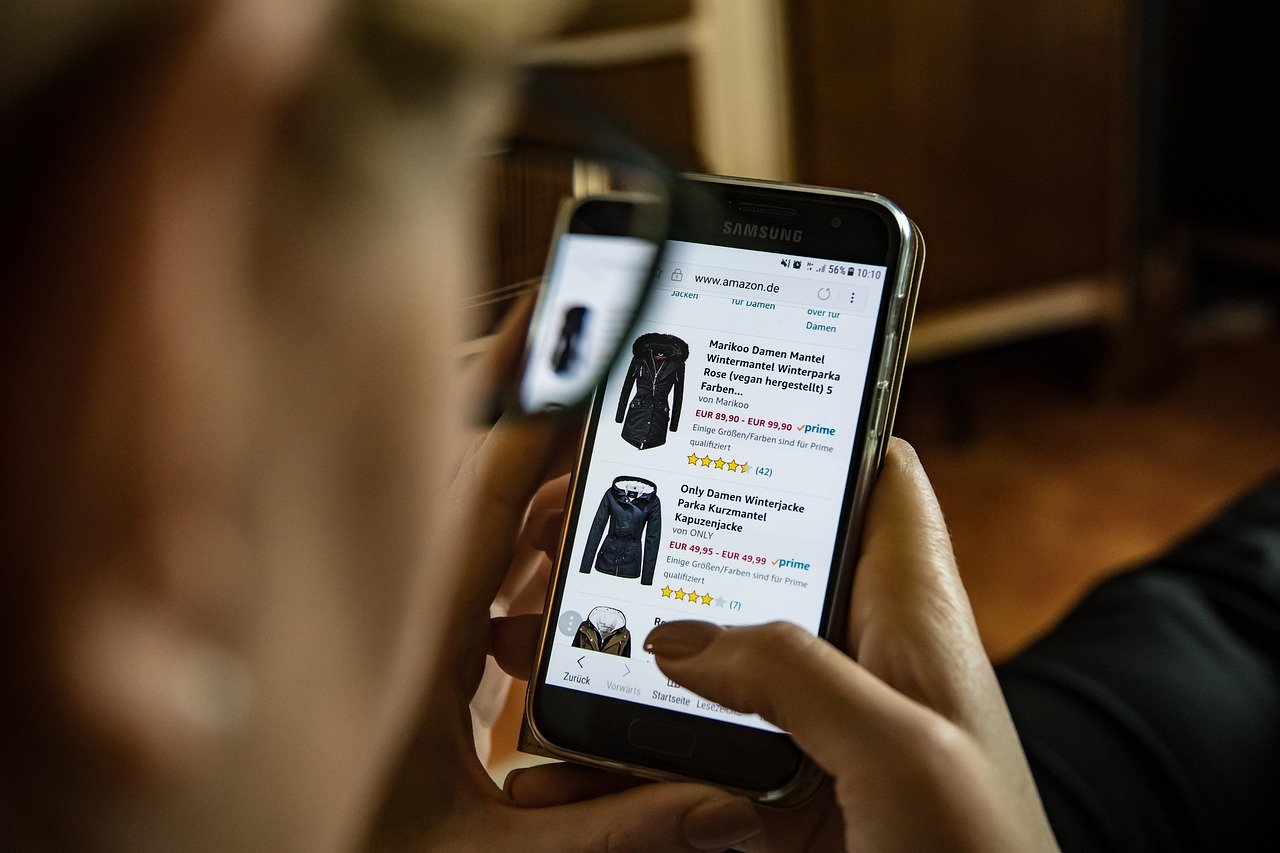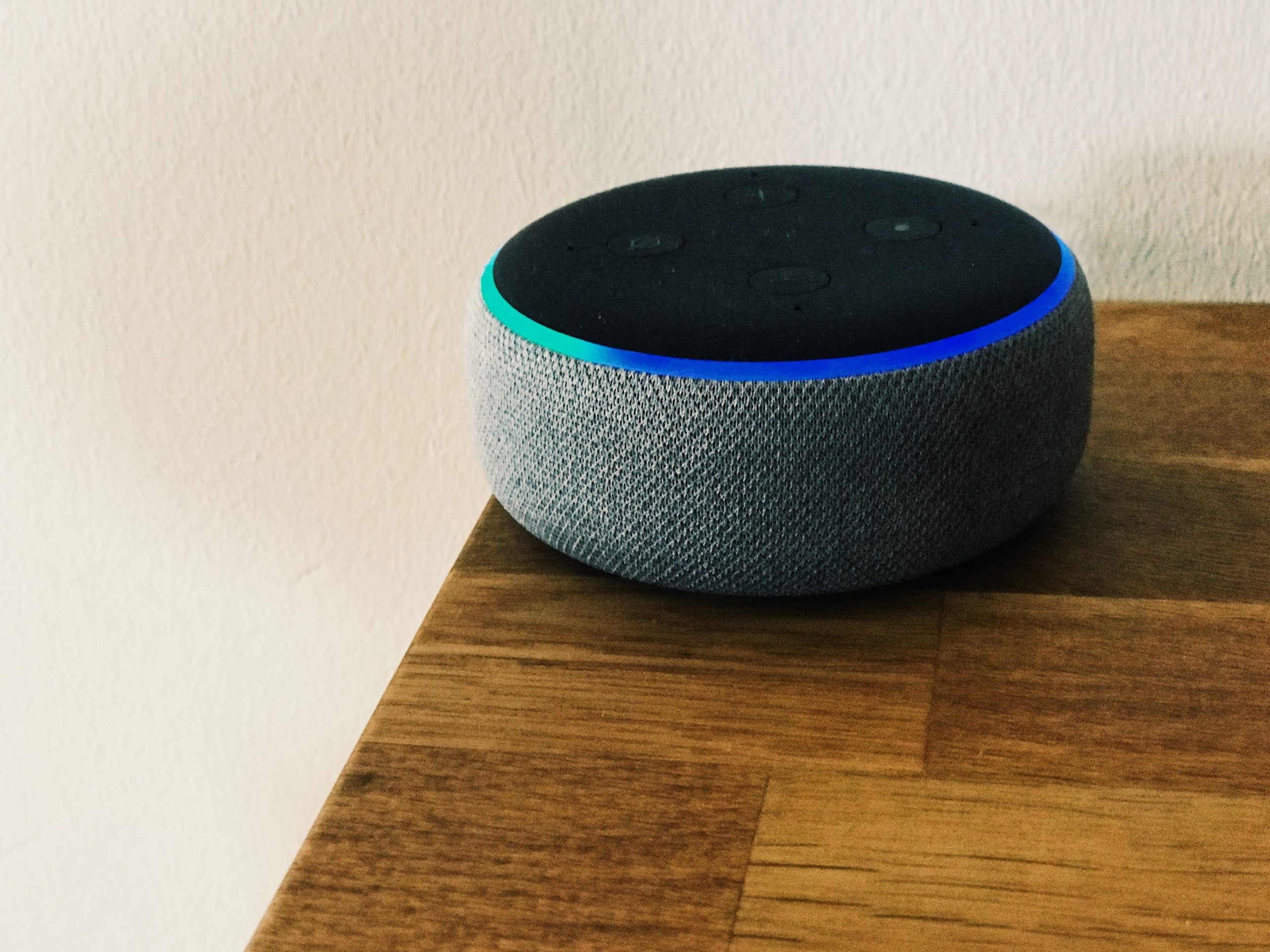Omnichannel marketing is a strategy that aims to provide a seamless experience for consumers across all channels and devices. This means facilitating the buyer’s journey through all touchpoints, online and offline, digital and otherwise.
Thanks to the COVID-19 pandemic, consumer behavior is hardly recognizable from what it was before the lockdown. Buyers are now more meticulous of brands for safety concerns and often go back and forth on their decision on multiple devices.
The challenge now is adapting business operations and marketing campaigns to the new normal, especially since these changes are here to stay.
In this blog, we’ve rounded up seven omnichannel solutions to meet the demands of the evolving buyer’s journey.
1. Mobile-First Websites and Apps
The need for mobile-friendly websites and apps was already substantial before the pandemic. With Google switching to mobile-first indexing, business owners and marketers were bound to reorient their strategies and upgrade tools — COVID-19 pushed up the timeline.
Mobile activity spiked up to 20% as people started to settle into the new normal. And what’s interesting is, consumers aren’t just researching on their phones. They’re completing transactions, opening digital wallets, and seeking customer service at the palm of their hand.

Industry leaders predict that mobile phones will account for 73% of eCommerce sales by the end of 2021. To leverage this, you need to provide mobile-friendly touchpoints in and out of the world wide web.
Optimize your website to accommodate different phone dimensions and resolutions as well as varying operating systems. If you have resources to spare, consider launching a mobile app. This promotes brand image, customer loyalty, and engagements.
For customers who like things old school, have designated hotline or SMS numbers for inquiries. You can also use text messages for promotions, abandoned cart alerts, and personalized messaging.
2. Chatbots and AI
Consumer behavior has changed tremendously since the start of the pandemic. As the world grappled with lockdown restrictions, people turned to online platforms to practice social distancing.
At home, time is fluid. Peak shopping times diverged from the norm and became more sporadic. Many businesses reported weekday conversion patterns that mimick weekend sales pre-pandemic. This trend, experts believe, will persist long after we say goodbye to the virus.
What this tells us is brands need new campaigns and 24/7 customer support to accommodate new shopping behaviors.
One solution is applying AI’s capabilities in eCommerce. Artificial intelligence is widely used to extract insights based on users’ web activity. This makes it easier to understand the needs of consumers and tailor more relevant recommendations and landing pages.
Chatbots are one of the best applications of AI. They give instant answers to frequently asked questions and can also be programmed to assist users with website navigation, finding specific products, and finalizing purchases.
3. Voice Search Optimization
Voice search is a growing trend that is considered the future of online marketing. It allows users to search the web by speaking into a device. This feature has been around for a long time on smartphones and became exceedingly popular with the release of smart home assistants.
Thanks to tech giants like Amazon, Microsoft, Apple, Google, and Samsung, smart speakers gradually became mainstream. In 2020, over 126 million units were shipped worldwide. By 2022, 18% of consumer spending is expected to come from purchases via voice assistants.

Its impact on digital marketing is focused on SEO. With voice search, appearing on top of search engine results pages is not enough since smartphones and speakers won’t give multiple answers.
As such, voice search optimization relies on knowing the difference between typed and verbalized searches and then applying it to content creation. While the former usually consist of sentence fragments, the latter use long-tail questions.
To your content featured, you need to use more natural language patterns in your copies. Incorporate full sentences as target keywords and answer queries as you would in conversation.
4. AR-Enhanced Product Visualization
While online shopping is more convenient, nothing beats getting to inspect items in the flesh. Unfortunately, the majority of countries have yet to go back to normal. Some people are also wary of leaving the house for non-essential trips.
For startups and less-established brands, the physical barriers of online shopping require them to grind twice as hard. These businesses need to invest heavily in building brand trust to prevent losing sales. Here, augmented reality (AR) plays a huge role.
AR-enhanced product visualization blurs the line between in-store and online shopping. AR in eCommerce can come in the form of camera filters similar to what you’d find on Snapchat and Facebook Messenger.
eCommerce websites and apps with this kind of technology feature a ‘try it’ option where customers can superimpose products over their face and body. Sephora does an amazing job at this through its mobile app, Sephora: Buy Makeup and Skincare. Before checking out, users can ‘try’ lipsticks on to find the right shade.
Other companies take it to the next level by allowing consumers to virtually place products in their homes. The best example is IKEA’s mobile app which boasts a 98% accuracy in capturing furniture dimensions.
5. Shoppable Videos
Tons of small businesses emerged on social media as a result of the economic consequences of the pandemic. As the market saturated, people got creative and turned to live video streaming to showcase products. Little did they know it was the start of a major trend.
The idea of selling via video content isn’t new. What made it incredibly enticing now is its seamless integration into social commerce. Today, consumers can shop directly on Instagram and Facebook while watching an ad or a vlog.
Live streaming adds an extra layer of customer service as buyers get to engage with brands more deeply. They also get to see products in action without post-processing and get answers to their questions on-the-spot.

Shoppable videos are best paired with influencer partnerships. With the right influencer and content, you drive sales while expanding brand awareness.
6. Cart Autosave
Earlier, we established how omnichannel marketing is about providing a smooth experience across all channels. With so much technology available to them, consumers love to switch from one device to another before making a purchase. Consider the following example:
A consumer begins his buyer’s journey on his phone by doing a quick search on possible solutions to his problem. While on a work break, he browses an eCommerce website on his desktop and starts adding items to his cart. He goes back to work without checking out.
The consumer realizes he hasn’t completed his transaction while in bed. He grabs his phone to revisit the website and buys the product.
For situations like this, your job is to close the sale by simplifying the checkout process. Do this by setting up an auto-save function for abandoned carts used hand-in-hand with auto-fill forms when applicable. This website technology minimizes data entry and gives the least amount of steps to checkout possible.
The caveat to cart autosave is it typically requires a registered account to reflect saved items. Be careful where to squeeze this step in on your eCommerce website as it could interfere with securing a sale.
Make things easier for customers by allowing them to use their email address to login. You could also weave in account creation during shopping by asking for a username and password upon checkout.
7. In-store Pickups and Third Party Deliveries
One of the conveniences people love about online shopping is having items delivered right to their doorstep. But for many reasons, some prefer to pick up items in-store.
Seventy-seven percent (77%) of shoppers who prefer in-store pickups for online purchases do so for the chance to see products in person before taking them home. Others do it to avoid shipping costs, while some want the opportunity to return damaged items immediately.

In-store pickups also benefit your brick-and-mortar store. Seventy-five percent (75%) of customers who have gone to stores for this purpose are likely to make additional purchases. It also lets you demonstrate excellent customer service.
Making this option available is appealing to consumers who value the freedom of choice. Consumers love being in control of their shopping experiences, and brands that affirm this feeling have the highest ROI.
Additionally, in-store pickup is great for businesses that have yet to set up their delivery service and may be used together with third-party couriers.
Apply Omnichannel Solutions with the Best Web Development Team
Need someone to take care of the tech-side of these omnichannel solutions? We’ve got you covered. Our web developers and designers are experts at building eCommerce websites and progressive web apps custom-made to fit your needs. Contact DevWerkz today.